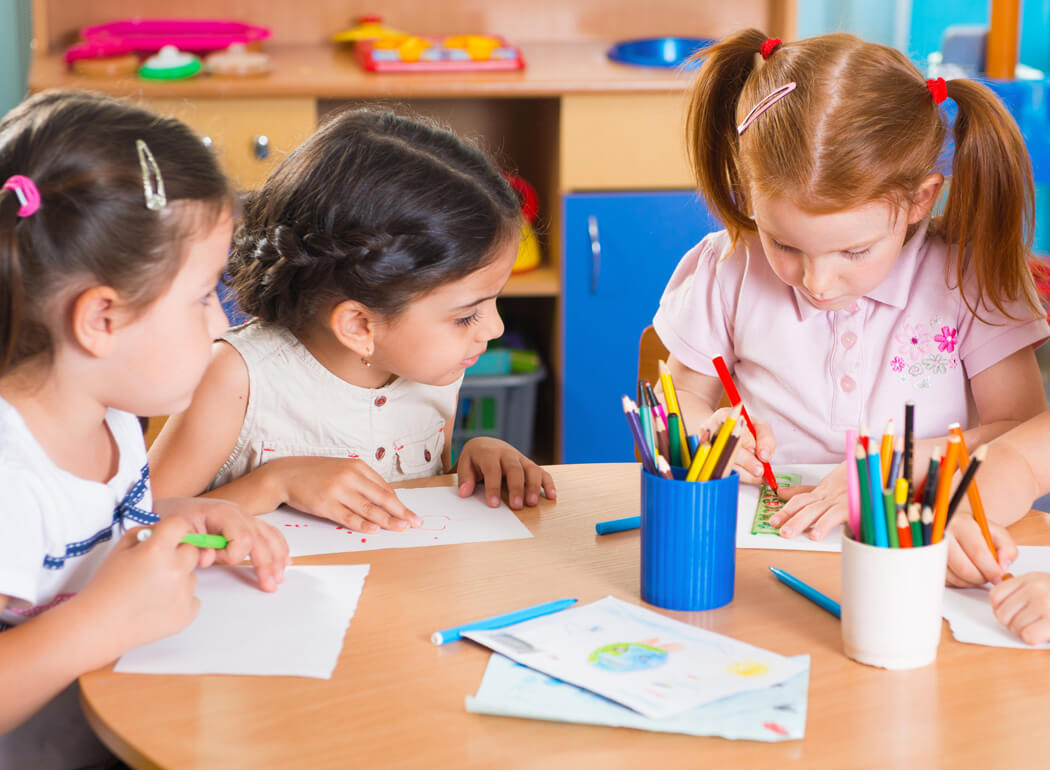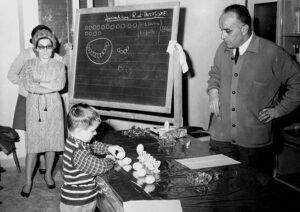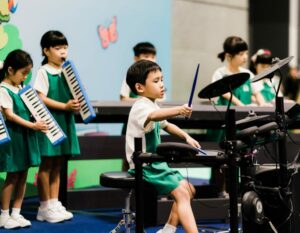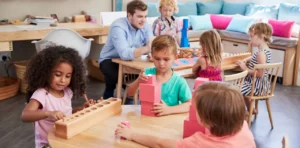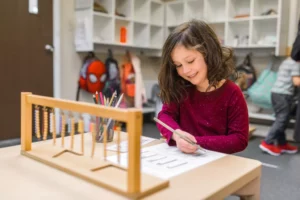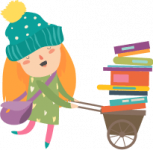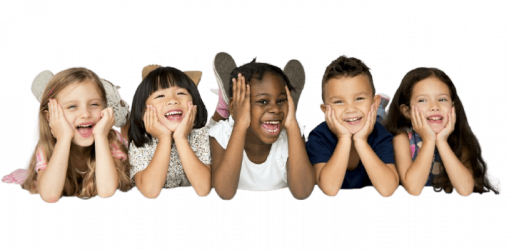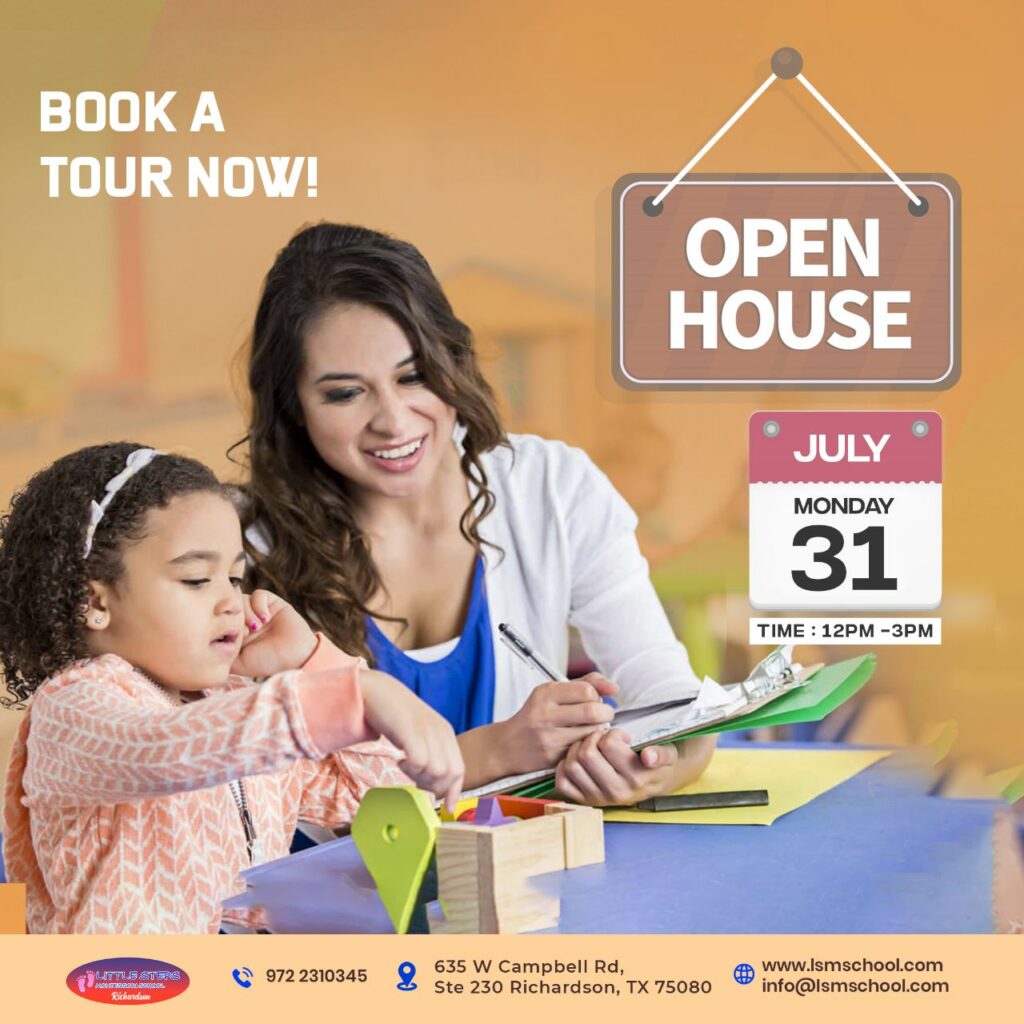When it comes to education, parents must know the difference between Traditional and Montessori schools. The Montessori philosophy distinguishes itself by emphasizing the importance of the child. What does this imply? Children develop at different paces and have varying strengths and interests. In traditional education, every child in the class must follow the same path as the teacher. But in a Montessori education uses observation to follow the interests of each child. If you’re new to Montessori education, your first question may be, “What makes Montessori different?” The answer to that question is enormous! So, to make this voluminous feast of information more digestible, we have organized some of the key concepts into these BIG differences:
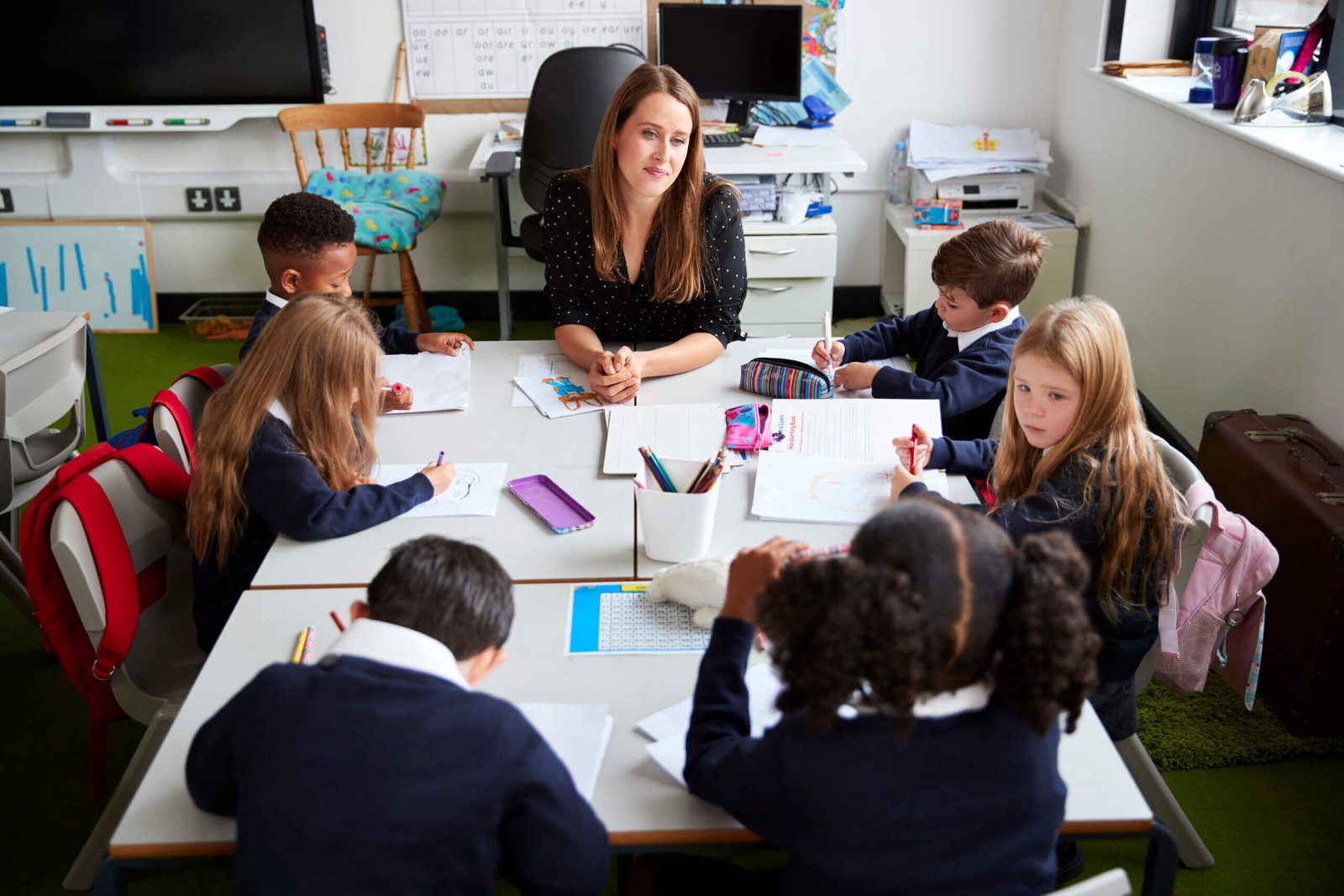
Classroom Environment:
Montessori classrooms are planned ahead of time based on observations of individual student needs. They include activities and lessons that focus on the students. Traditional classrooms are built around teacher-led lessons and activities.
Active learning Vs Passive learning:
Montessori lessons are active and hands-on. Students gather information on their own. Traditional school lessons are frequently delivered to students who passively listen, memorize, and take tests.
Give kids time:
Children in the Montessori classroom work on lessons for as long as they need to, and teachers try to avoid interruptions whenever possible. Montessori teachers value a child’s concentration. When a student is fully engaged in their lesson, teachers allow them to complete their work.
In contrast to traditional classrooms, where students are directed through each activity regardless of their level of interest, Montessori tries to keep children’s workflow as uninterrupted as possible. In traditional classrooms, there are time limits. In short, children have deadlines for completing every task.

Role of teacher:
On a one-on-one basis, Montessori teachers serve as guides and consultants to students. They help each child on their earning journey. When it comes to traditional schools everything is pre-determined. The teacher must deliver the same lesson to all students at the same pace and in similar order.
Age-groups and grade levels:
The “grade levels” in Montessori schools are flexible and determined by the child’s developmental range. For example: 0-3, 3-6, 6-9, 9-12, 12-15, and 15-18 years of age. In traditional schools, grade levels are rigidly defined by chronological age over twelve months.
The curriculum:
The Montessori curriculum evolves in response to the needs of the students. The traditional school curriculum is predetermined and does not take into account the needs of the students.
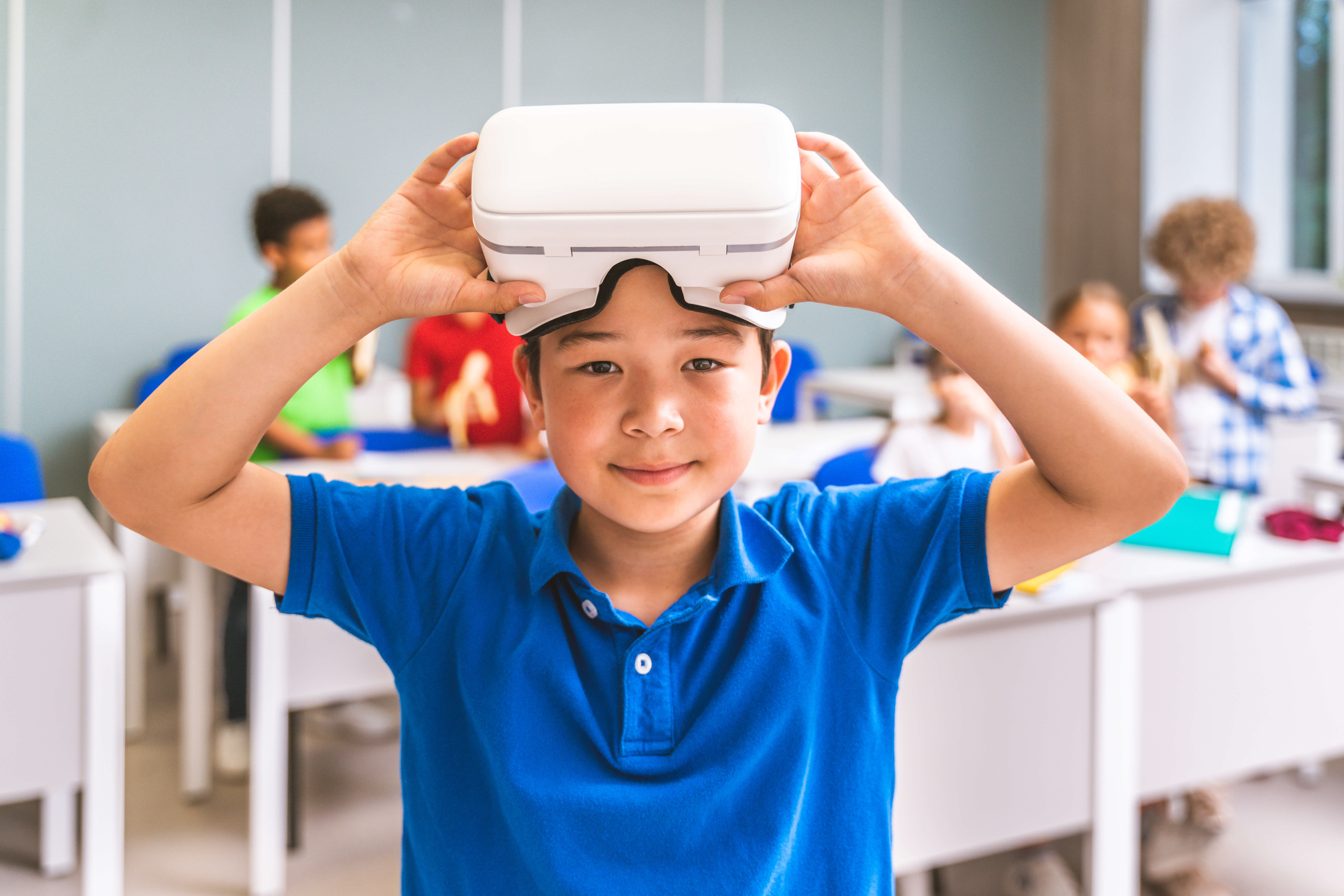
Pace yourself:
In the Montessori classroom, each child’s work pace is respected and encouraged. In traditional classrooms, teachers expect all students to work at the same pace.
Self-made self-esteem:
Montessorians recognize that a child’s self-esteem stems from an internal sense of pride in one’s accomplishments. Self-esteem is thought to be derived from external judgment and validation in traditional classrooms.
Learning:
The Montessori curriculum is designed to appeal to a child’s natural desire for knowledge. One can say that children enjoy learning. Students take an active role in their education rather than sitting passively during lessons.
They are responsible for approaching the subjects they are interested in, so they are naturally very engaged in the lessons. Lessons in Montessori preschool classes are frequently made up of physical materials, allowing children to be literally “hands-on” with math and language skills.
On the other hand, the traditional curriculum places a premium on standardized test scores and grades. Children learn because it is a must.
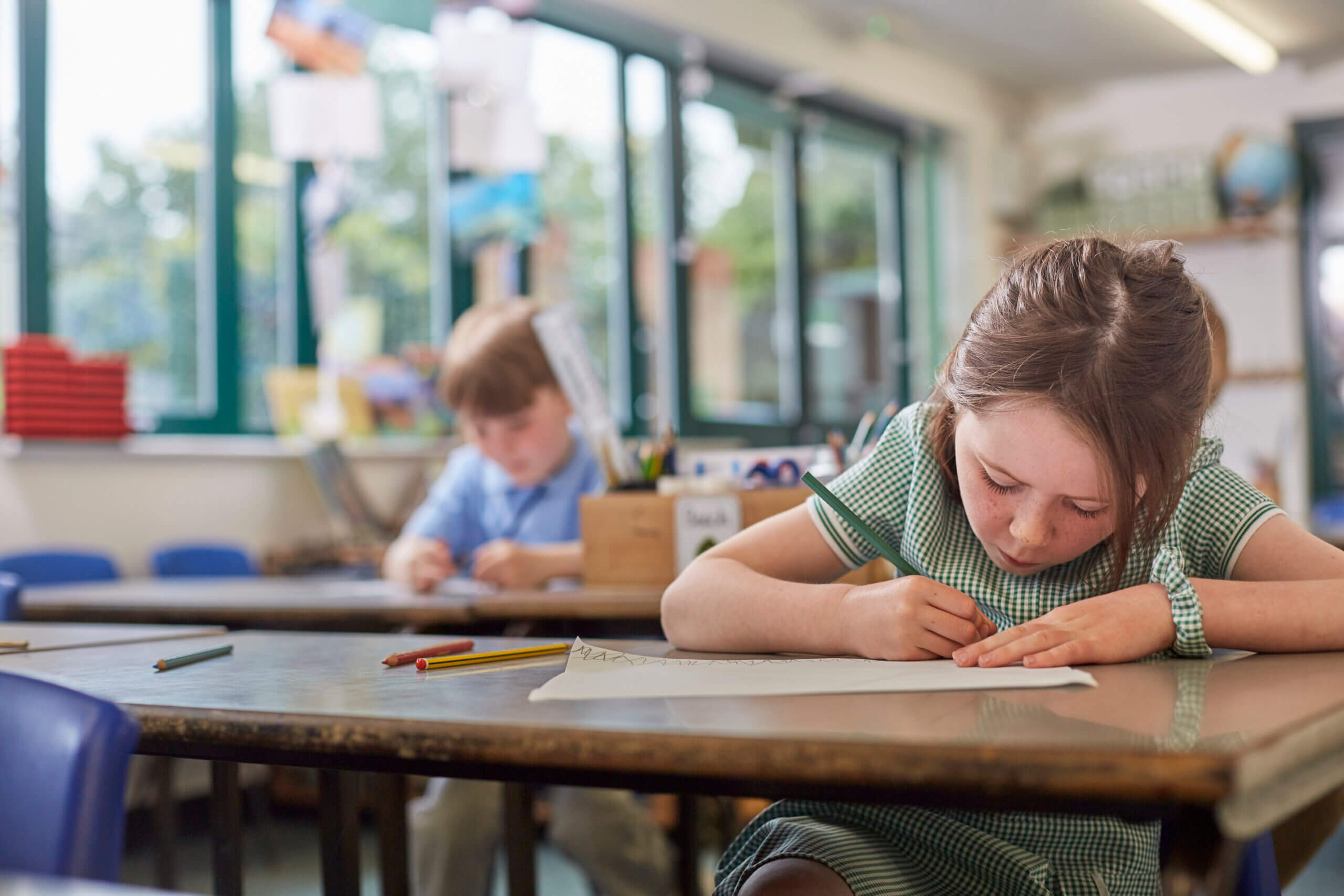
Outdoor learning:
Outdoor time is “recess” in traditional schools because it serves as a break from class. However, in a Montessori environment, learning should be enjoyable in and of itself. Montessori children will see outdoor time as an extension of the classroom rather than an escape from learning. Gardening, outdoor reading areas, and sensory math materials are just a few of the enriching and educational activities children can participate in outside.
Love for learning:
Children in traditional classrooms learn to pass tests. However, in the Montessori classroom, teachers encourage children to develop a lifelong love of learning to enjoy and value their
education, especially later in life. The lessons are not required in and of themselves. Instead, students are free to approach different topics that they are most interested in learning about. Teachers provide students with options so that they can be directed while also having personal autonomy.

The classrooms:
Practical Life, Language, Mathematics, Sensorial Development, and Culture & Sciences are the five subject areas in the Montessori preschool classroom. To avoid distraction and to emphasize that this is a learning space, the classroom is organized and uncluttered. While traditional classrooms use bright colors, posters, and decorations to try to excite children, Montessori classrooms use quality lessons to stimulate children’s minds.
Final thoughts:
Maria Montessori developed the Montessori Method. It is based on a lifetime of research and observation of how children learn. Opt for Montessori education for your kids and let them enjoy and value their education.

